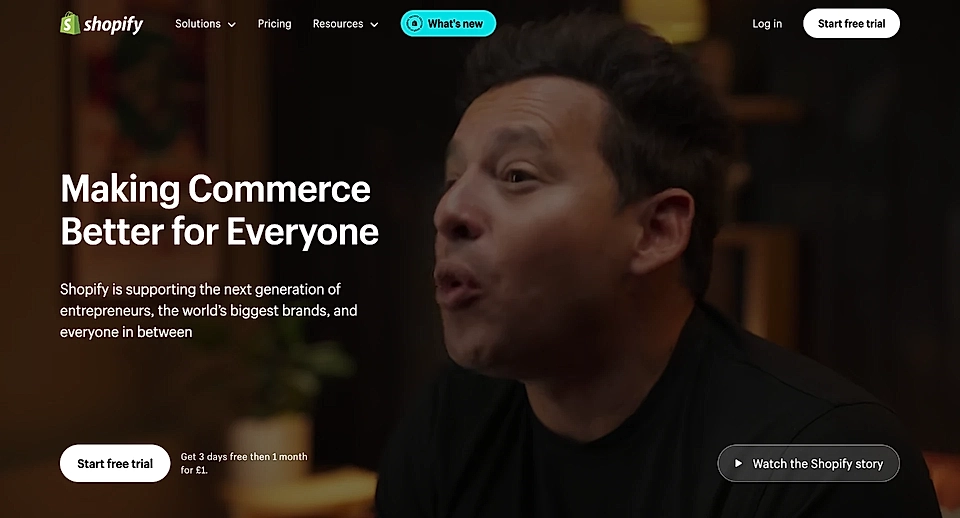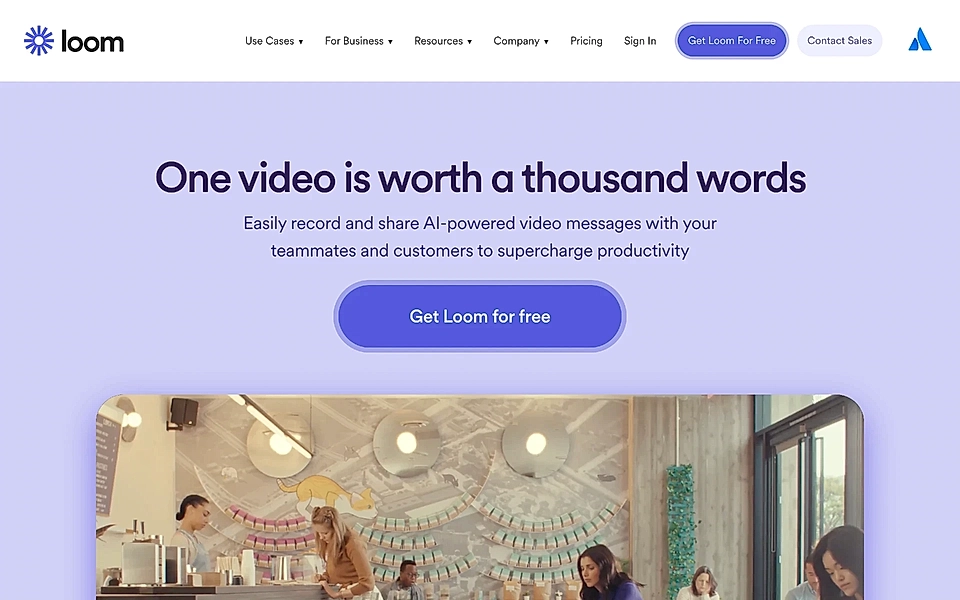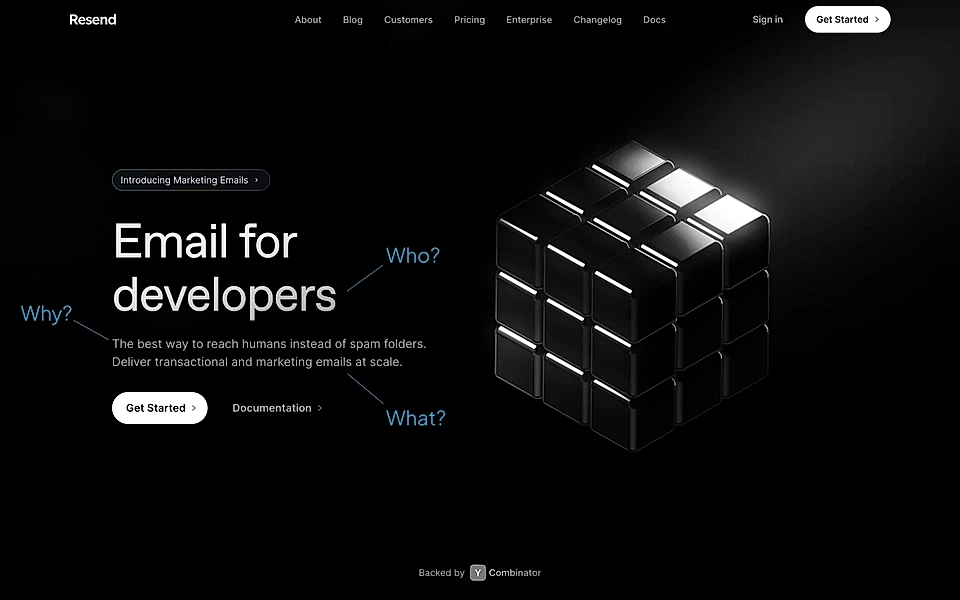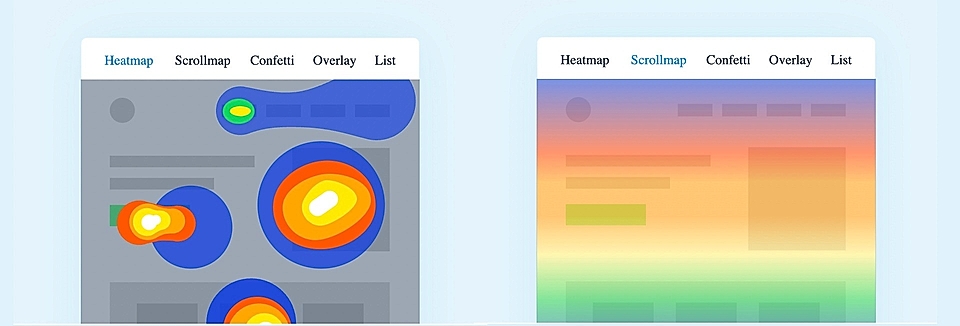10 tips for writing SaaS landing pages that convert
Writing a high-converting SaaS landing page is not easy.
Many landing pages fail because the ideal customer profile (ICP) hasn’t been determined.
I won’t touch the ICP in this blog post, though. Without nailing the profile, your SaaS business’s chances of success are slim, and everything else discussed here becomes somewhat irrelevant.
Instead, I’ll share what writing hundreds of marketing pages (with a clear idea of the ideal customer profile) has taught me about SaaS landing page copywriting.
1. Decide the key value proposition
There’s a reason why deciding on the key value proposition is the first tip on my list – the decision will either make or break your landing page copy, and the chosen value proposition drives all content, from headlines to benefits and CTAs.
A great SaaS value proposition communicates the reason to buy your service in an easy and approachable way. While you might think your value prop is relatively clear, the truth is that most SaaS businesses get it wrong.
They might, for example, take a look at SaaS megastars like Shopify and Hubspot and copy their approach.

While Shopify can use a headline copy text like “Making Commerce Better for Everyone“ and leave money on the table, most SaaS businesses don’t have a famous brand. Your landing page copywriting must be crystal clear to convince visitors who haven’t heard about you before.
What’s the best way of drafting a value proposition for each landing page?
I like the framework by Fletch, an agency focusing on SaaS copywriting. They’ve identified six components of a value proposition: Persona, Alternative, Problem, Capability, Feature, and Benefits.
Those components will help you build your value proposition for any page you create.
For example, Loom is for sales teams (Persona) who are using traditional screen recording tools like QuickTime (Alternative) and struggle with recording, editing, and sharing videos efficiently (Problem). Loom makes it easy to do personalized video pitches (Capability), powered by user-friendly recording, editing, and sharing (Feature). That drives efficiency and productivity (Benefits).
And here’s how Loom has turned the value proposition into the website hero text:

2. Understand the awareness stage
The buyer’s journey and awareness stage are key marketing concepts to understand before creating a new landing page. You can categorize leads and their awareness in four stages:
- Unaware: These might be leads listed in LinkedIn Sales Navigator and uploaded to email outreach tools. Unaware buyers might experience the problem, such as repetitive Excel work, but still follow the routine workflow month after month.
- Problem aware: Leads that are aware of the problem and might already start searching “how to” articles – or asking AI.
- Solution aware: Leads that have already identified the problem and might have visited your competitors’ websites. They often search for “best tools” on Google.
- Product aware: These leads are at the final stage and have already visited your website, seen your content via social media, or read a blog post listing multiple tools. They might be searching for competitor comparison pages and want to review your pricing, too.
You can get the attention of unawares through social media, YouTube videos, educational blog posts, events, and PR. Your landing page style and structure for this audience should be educational – most likely, long-form content in text or videos.
PPC landing pages typically target problem and solution-aware page visitors. In a perfect world, you’ll have a slightly more educational landing page for problem aware leads – and you might consider having a secondary, softer CTA like downloading a guide.
You’d want to drive solution aware visitors to the purchase decision as quickly as possible. On a perfect SaaS product landing page, you would highlight the benefits and features that separate you from the competition and focus slightly less on educating visitors.
Finally, product aware leads often look for a head-to-head competitor comparison page or dive deep into your pricing page. A pricing page highlighting the key benefits and differences compared to alternatives might turn the decision in your favour.
As I’m sure you’ve already noticed, the best B2B SaaS websites have a lot of landing pages.
3. Write impactful headlines
When someone arrives at your website, you’ll have less than 10 seconds to convince them to scroll further.
Only to continue scrolling – nobody said anything about buying your service yet!
That’s why the main headline and description are so important – and writing headlines gets much easier if you’ve chosen one value proposition.
Your landing page hero section should include who the solution is for, what your product does, and the key benefits.
To find a lot of SaaS landing page copywriting examples (good and bad!), you can scroll through landing page collections like Lapa Ninja, but Resend’s homepage is one of my favourites. Their main headline and description immediately communicate the who, why, and what.

4. Add social proof
When you arrive at a SaaS landing page without customer examples, you know it must be a recently launched product. Without social proof, convincing visitors to sign up is tough.
There are at least seven ways to add social proof to your SaaS landing page:
- Customer logos
- Video testimonials
- Quote testimonials
- User-generated content from social media
- Showing user activity
- Review site testimonials, ratings, and achievements
- Customer interviews
I love how Gamma, a presentation tool, has combined capabilities and social proof. The key concepts of the product are presented with a matching customer quote.

Another great example is the homepage of Senja, a tool for collecting testimonials, showing their recent sign ups, user ratings, and the number of customers straight below the sign up button.

5. Focus on benefits, but don’t forget features
Most articles listing landing page copywriting tips will tell you to focus on benefits over features. It’s a great tip.
But many SaaS landing pages get this wrong.
They fill their landing pages with benefits like “save time and money”, “get faster insights”, and “increase sales”, but they forget to tell what the tool actually does and how it works.
The best landing page template and copy are crystal clear about the key capabilities – without forgetting the concrete features section.
How ConvertKit presents its key capabilities and features in one place is a fantastic example of landing page copywriting. Having the key capability in the title, followed by a short and concrete explanation, is a great strategy to follow.

6. Keep your writing simple and easy to scan
In my 15+ years of working for SaaS companies, I’ve never been as excited as I am today. AI opens up opportunities to transform tedious processes into at least semi-automated workflows with the expert (you!) in the driving seat.
But one thing AI has (so far) ruined is countless blog posts in which AI writing tools have introduced business jargon and complex sentences.
Plenty of research shows that you should write your landing page targeting an elementary school student. Simplicity always wins over the Oxford English.
Here are a couple of tips for you to try:
- Always write in the second person (you, your). Show that the story is really written with the customer in mind.
- Don’t be formal. Let your personality show.
- Share your expertise. Instead of the evergreen “Red Bull example” you saw on Twitter, talk about your real-life experience running the business and helping customers.
- Be specific. Don’t use superlatives like the quickest and largest. Just tell us how fast and what’s the size.
Additionally, make sure you keep your text easy to scan.
The best way to do that is to keep your sentences short and break them into separate lines – it’s not what your teacher told you to do in school, but it works in landing pages, blogs, and all other comms.
7. Use phrases from customer interviews
Does your SaaS have live chat support?
If you do, the best way to learn how customers describe your product is to take over the live chat from your AI agent. Using real customer phrases in all your marketing is incredibly powerful.
If you don’t have a live chat, recording customer meetings with Otter or a similar call transcribing tool does the same trick – albeit at a much lower volume.
Alteryx, a data management solution has done excellent job at recording video interviews and using quotes on their landing pages.

8. Message match with your ads
Despite the low position in this copywriting tips list, message match is one of my favourite topics.
The quality of your sign ups increases, and the costs decrease if the search intent (keyword) matches the ad copy text and the landing page content.
Google Ads has taken this to the extreme by ranking your ad quality, making sure only the most relevant ads show up. The higher the ad quality score, the more cost-efficient your advertising.

I’ll give you a concrete example of what the Google Ad Quality Score means for a SaaS company.
In my previous SaaS business, I created Google Ads targeting the search term "social media aggregator". From the Google Ads search data, I saw that a significant number of people are also looking at “Instagram aggregator” and “tweet aggregator.”
To get a better quality score and compete against my savvy competitors, I had to create separate and more targeted ads and landing pages to match those additional keywords.
If I didn’t, Google Ads would have directed a higher volume of traffic to more relevant ads and landing pages. In other words, my competitors would have got more leads than us.
You can always bid higher than competitors to compensate for the lower quality score. If you have the budget, of course.
9. Be mindful of SEO
You’ll find a bunch of articles convincing you to optimize your landing page for organic search (SEO).
Don’t trust them unquestioningly.
Letting Google crawl and show your landing page in search results is a terrible idea if you already have a high-ranking page with similar content.
For example, you might have a blog post listing the best tools in Google’s top 10 search results. The last thing you’d want to do is to allow Google to crawl your Google Ads landing page with a very similar meta title and potentially favour that over the high-ranking page.
I’d encourage you to disable PPC landing pages from Google search by default.
10. A/B test your copy and landing page structure

Last but not least, there’s no such thing as a ready landing page.
Keep iterating the content and test new landing page variations as much as you can. And you don’t necessarily need expensive A/B testing tools. In most advertising channels, you can easily rotate various landing page versions and see which works best.
If you use tools like Hotjar, you can see how visitors are consuming the content through heat maps and session recordings – highly recommended!
Based on Hotjar’s data, you can then create new landing page versions with LandingRabbit - in minutes and instantly ready for your website. Sign up for our 14-day free trial today!